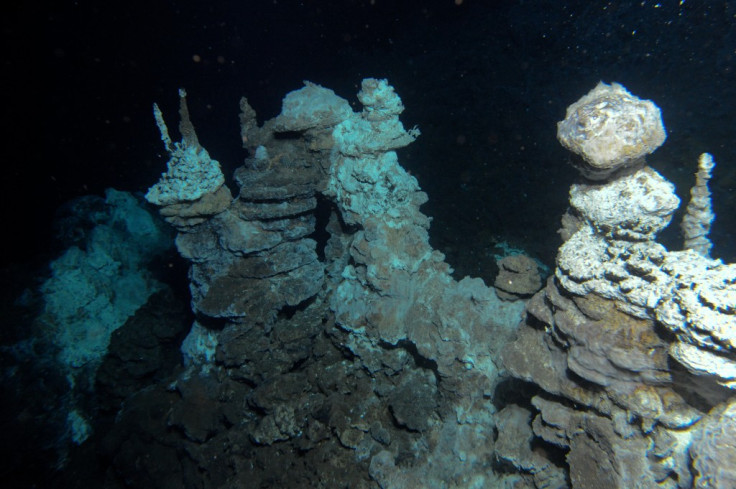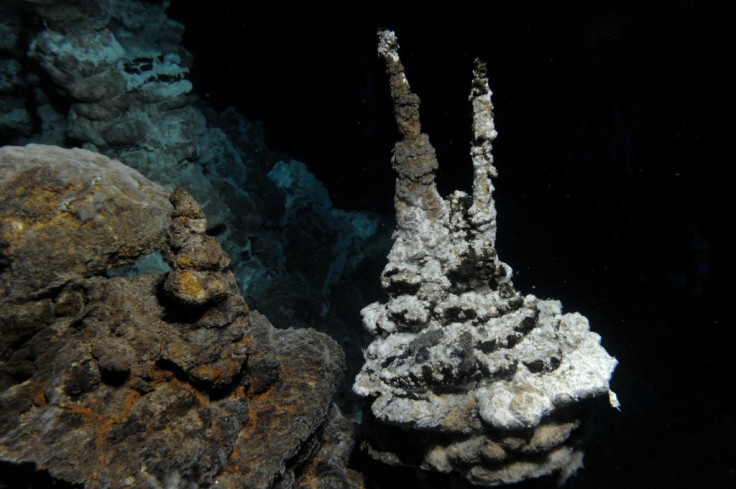Microorganism 'missing link' between simple and complex life discovered

A microorganism that could be a missing link between simple and complex life has been discovered by scientists.
Researchers from the Newcastle University and Uppsala University in Sweden say the find could provide a new insight into the evolutionary origins of complex cellular life.
Publishing their findings in the journal Nature Evolution, Thijs Ettema and colleagues identified a new single-celled microorganism in deep marine sediments. Called Lokiarchaeota, the microorganism "could be the closest prokaryote known to the eukaryote state".
All organisms are classified as belonging to one of just two groups. Prokaryotes have small, simple cells without a nuclei and include bacteria and archaea. Eukaryotes have large, complex cells with nuclei and some internal organisation, including a cytoskeleton.
Because the two groups are so different, scientists do not know how prokaryotes evolved into eukaryotes. "The origin of the eukaryotic cell remains one of the most contentious puzzles in modern biology," the authors wrote.
"Recent studies have provided support for the emergence of the eukaryotic host cell from within the archaeal domain of life, but the identity and nature of the putative archaeal ancestor remain a subject of debate."
However, Lokiarchaeota has genes that only otherwise found in eukaryotes, and could be the first ancestral "starter kit" to support increasingly complex cellular life seen today.
"Our results provide strong support for hypotheses in which the eukaryotic host evolved from a bona fide archaeon, and demonstrate that many components that underpin eukaryote-specific features were already present in that ancestor," the scientists said.

"This provided the host with a rich genomic 'starter-kit' to support the increase in the cellular and genomic complexity that is characteristic of eukaryotes."
In an accompanying article, Martin Embley and Tom A Williams from Institute for Cell and Molecular Biosciences, Newcastle University, said producing reliable evolutionary trees for these ancient relationships – especially as they likely split about two billion years ago.
"It is this combination of enhanced 'eukaryote-like' genome content and the phylogeny that make the case for a close relationship between eukaryotes and Lokiarchaeota so convincing," they wrote.
"The identification of Lokiarchaeota so early in the history of this nascent field suggests that more-closely related archaeal relatives of eukaryotes will soon be discovered.
"The genomes and cellular features of these relatives may provide a more detailed picture of the most recent common ancestor of eukaryotes and archaea, and may help to resolve the timing of the innovations that are used to define eukaryotes.
"Not least, the discovery of Lokiarchaeum, and the promise of further discoveries from the vast, unexplored world of prokaryotic diversity, raises the tantalising prospect that the investigation of eukaryotic origins can now enter the realm of testable science."
© Copyright IBTimes 2025. All rights reserved.






















